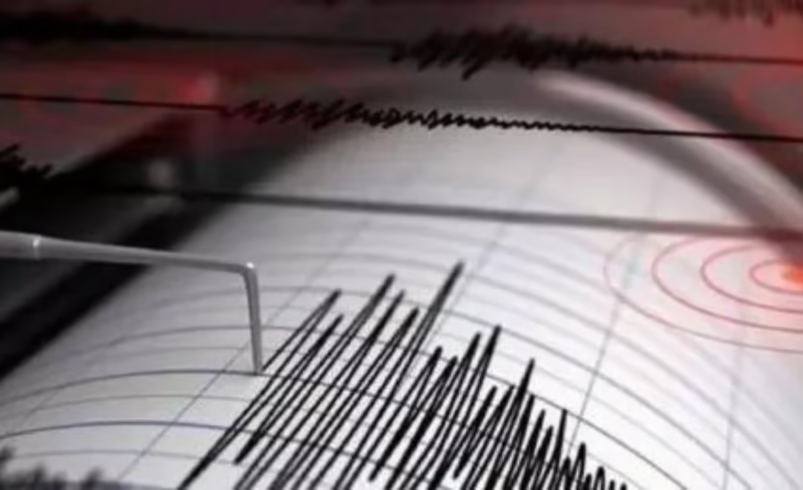Earthquake of 3.7 Magnitude Strikes Jhajjar, Tremors Felt Across Delhi-NCR
- July 11, 2025
- 0

On Friday evening, residents of Delhi-NCR experienced noticeable tremors as a 3.7 magnitude earthquake struck the region. The epicenter was identified in Jhajjar, Haryana, causing mild shaking across the area. This seismic event follows a similar occurrence the previous day, highlighting the region’s susceptibility to earthquakes.
Jhajjar, located in Haryana, has been identified as the epicenter of the recent earthquake. The tremors were felt across the National Capital Region (NCR), including Delhi, causing concern among residents. Although the magnitude was relatively low, such events serve as a reminder of the region’s vulnerability to seismic activities.
Delhi-NCR is situated in Seismic Zone IV, which is classified as a high-risk area due to its proximity to active fault lines. Earlier this year, in February, the region experienced similar tremors, underscoring the ongoing seismic activity in this part of India. The classification indicates a significant potential for earthquakes, necessitating preparedness and awareness among residents.
The frequent occurrence of earthquakes in Delhi-NCR raises important considerations for both residents and authorities. Ensuring structural integrity and adherence to building codes is crucial to minimize potential damage. Additionally, public awareness campaigns can help educate citizens on safety measures during seismic events.
As Delhi-NCR continues to experience seismic activity, it is imperative for local authorities and residents to remain vigilant and prepared. Understanding the risks associated with living in a seismically active zone can significantly reduce potential hazards and enhance community resilience.